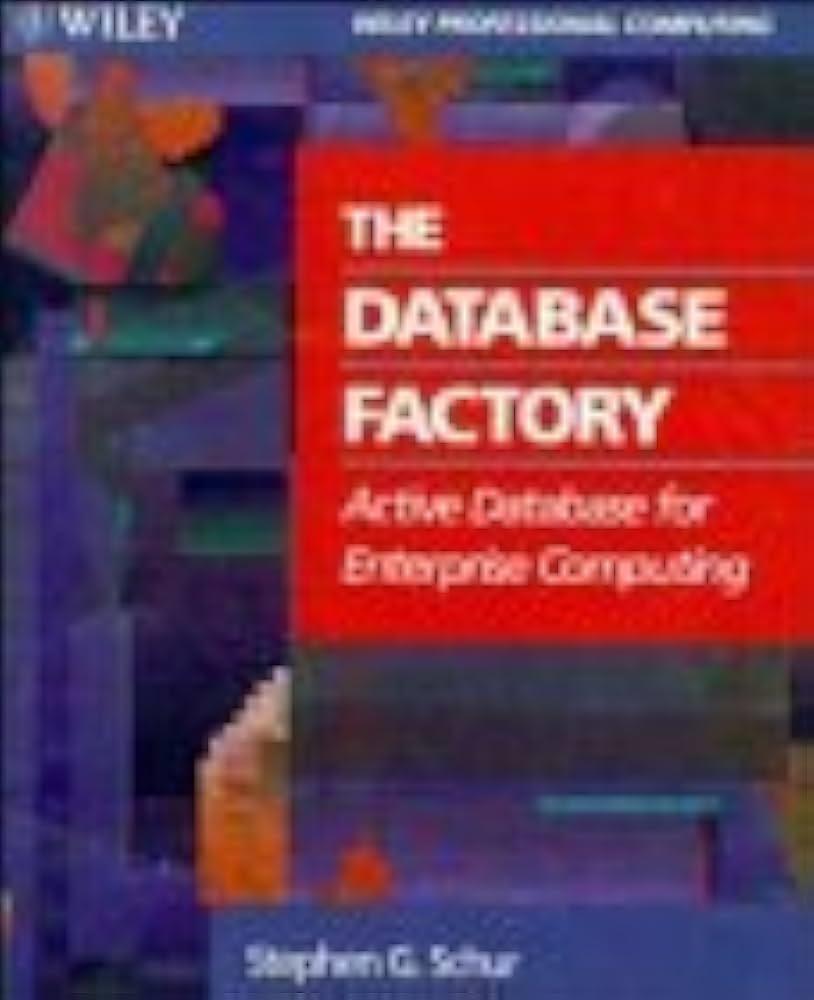Answered step by step
Verified Expert Solution
Question
1 Approved Answer
8 . Let h be a secure cryptographic hash function. For this problem, a password consists of a maximum of 1 4 - characters and
Let h be a secure cryptographic hash function. For this problem, a password consists of a maximum of characters and there are possible choices for each character. If a password is less than characters, its padded with nulls until it is exactly characters. Let P be the resulting character password. Consider the following two distinct password hashing schemes: i The password P is split into two parts, with X equal to the first characters and Y equal to the last characters. The password is stored as hXhY No salt is used. ii The password is stored as hP Again, no salt is used. Note that the method in scheme i was used in Windows to store the socalled LANMAN password. a Assuming a brute force attack, how much easier is it to crack the password if scheme i is used as compared with scheme ii b If scheme i is used, why might a character password be less secure than a character password?
Let h be a secure cryptographic hash function. For this problem, a password consists of a maximum of characters and there are possible choices for each character. If a password is less than characters, its padded with nulls until it is exactly characters. Let P be the resulting character password. Consider the following two distinct password hashing schemes:
i The password P is split into two parts, with X equal to the first characters and Y equal to the last characters. The password is stored as hXhY No salt is used.
ii The password is stored as hP Again, no salt is used.
Note that the method in scheme i was used in Windows to store the socalled LANMAN password.
a Assuming a brute force attack, how much easier is it to crack the password if scheme i is used as compared with scheme ii
b If scheme i is used, why might a character password be less secure than a character password?
Step by Step Solution
There are 3 Steps involved in it
Step: 1

Get Instant Access to Expert-Tailored Solutions
See step-by-step solutions with expert insights and AI powered tools for academic success
Step: 2

Step: 3

Ace Your Homework with AI
Get the answers you need in no time with our AI-driven, step-by-step assistance
Get Started


